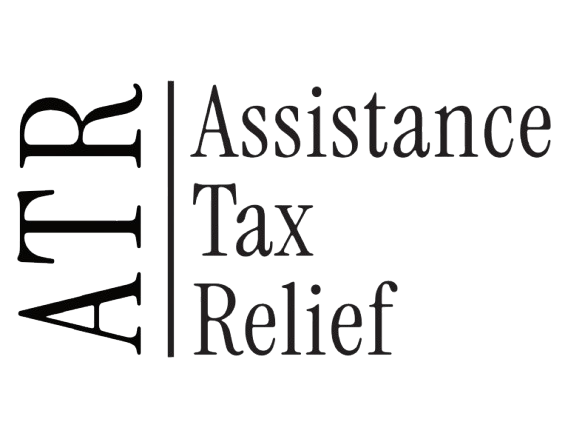Tax Debt and Divorce: Navigating the Financial Challenges
Introduction
Divorce can be emotionally and financially taxing. When tax debt enters the equation, the complexities multiply. Understanding how tax liabilities are divided and the potential implications for both parties is crucial.
Understanding Tax Debt in Divorce
Marital vs. Separate Debt: Determine which debts are considered marital and which are separate. Marital debts are typically divided between spouses, while separate debts remain the responsibility of the individual who incurred them.
IRS Liabilities: What You Need to Know
When it comes to tax debt, the IRS doesn’t automatically split liability based on divorce agreements. If you filed joint tax returns during your marriage, both spouses are jointly and severally liable for the full amount of the tax debt, penalties, and interest. This means the IRS can pursue either spouse for the entire balance owed, regardless of what your divorce decree states.
This can create significant risk, especially if one spouse is unable or unwilling to pay. For example:
If one spouse pays the IRS, they may have to seek reimbursement from the other spouse through the divorce court — a process that can be complicated, costly, and time-consuming.
If the IRS files a tax lien or levies bank accounts or wages, it can impact both spouses’ credit and financial health, even after divorce.
It’s also important to understand the difference between joint tax returns and separate returns:
Joint Tax Returns: Both spouses are fully liable for any tax debt. The IRS can collect from either party.
Separate Tax Returns: Only the individual filer is liable for the tax debt related to that return.
After divorce, one spouse can apply for Innocent Spouse Relief or Equitable Relief to avoid liability for tax debts they did not know about and did not benefit from, but this process requires meeting specific criteria and timely application.
Effective Strategies for Tackling Tax Debt During Divorce
Consult a Tax Debt Resolution Specialist Early: Engaging a professional who understands both tax laws and divorce proceedings ensures you’re exploring all possible relief options, avoiding costly mistakes, and negotiating effectively with the IRS.
Negotiate a Payment Plan Based on New Financial Realities: After divorce, your income and expenses change. Work with the IRS to set up an installment agreement or payment plan that matches your updated budget, so you can manage payments without undue stress.
Explore Offer in Compromise (OIC) or Currently Not Collectible (CNC) Status: If you can’t afford to pay your tax debt, a tax professional can help you apply for an OIC to reduce the debt or request CNC status to temporarily pause IRS collections until your financial situation improves.
Separate Tax Responsibilities in the Divorce Decree: Make sure the divorce agreement explicitly allocates responsibility for past and future tax debts. This can prevent future disputes and clarify who deals with the IRS.
Consider Innocent Spouse Relief or Equitable Relief: If you weren’t aware of the tax debt or it’s unfair for you to pay, you might qualify for relief that releases you from liability—knowing when and how to apply is key.
Post-Divorce Considerations
Amended Returns: Ensure that any necessary amended returns are filed to reflect the changes in marital status and financial circumstances.
Future Tax Planning: Adjust withholding and estimated tax payments to align with the new financial situation.
Conclusion
Divorce and tax debt are challenging on their own; together, they can feel overwhelming. However, with the right knowledge and strategies, individuals can navigate these waters more confidently. Seeking professional advice early in the process can lead to better outcomes and a clearer financial future.
